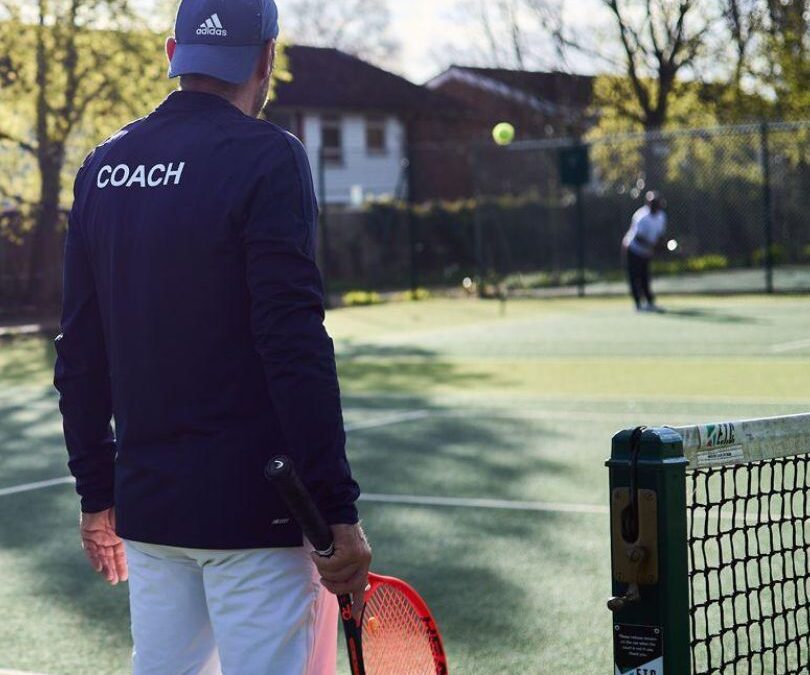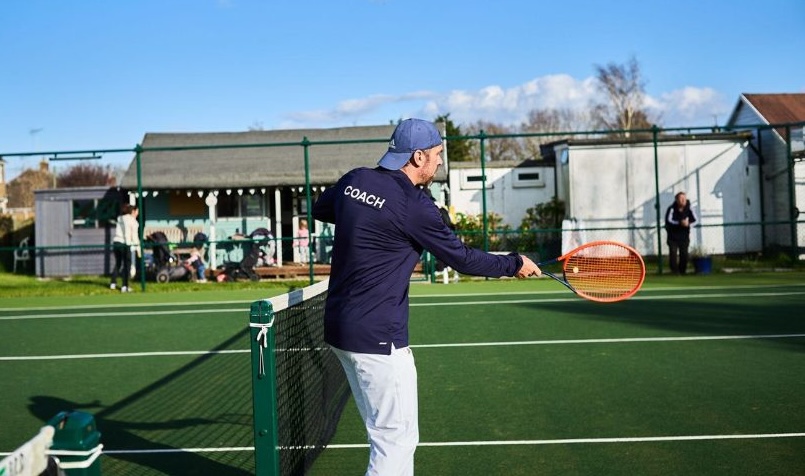As a coach who has built and revitalised tennis clubs time and time again, I know that success isn’t just about producing elite players—it’s about fostering a thriving junior program that keeps the club strong for years to come. While developing top-level athletes is exciting, the true heartbeat of a club lies in the number of engaged junior players of all skill levels.
Here’s why:
1. A Stronger Foundation for the Club:
Having rebuilt clubs from the ground up, I’ve seen firsthand that participation is the key to long-term success. A club that caters only to high-performance juniors risks becoming too exclusive, alienating the majority of young players who simply want to learn and enjoy the game. By expanding our focus to include all levels, we create a club that remains vibrant and sustainable over the years.
2. Financial Sustainability:
Let’s talk business—tennis clubs need steady revenue to thrive. A large base of junior players means reliable income from lessons, clinics, and events. High-performance players often receive scholarships or financial aid, whereas the average junior player contributes consistently to the club’s finances from not only the junior and adult programs but from memberships. This revenue supports better facilities, high-quality coaching, and programs that benefit everyone.
3. Fostering a Love for the Game:
After years of coaching, I know that most kids won’t turn pro—but they can develop a lifelong passion for tennis. One of the core principles of the SYSTEM-9 method (www.system-9.com) is ensuring that every junior player develops a game they can enjoy for life, regardless of their skill level. My job is to ensure these players have a good enough game that ensures they can turn up at any club in the world and fit in to any game and build lifelong friendships along the way.
If we only focus on the elite, we risk losing kids who might otherwise play recreationally or later return as adult members. Creating a fun, engaging environment ensures that tennis becomes a sport they enjoy for life, not just a competitive phase.
4. Creating a Welcoming and Supportive Atmosphere:
A club that prioritises only elite players can feel unwelcoming to new and developing players. In fact, I have seen firsthand that some juniors look to join a club for lessons only to be shunned by some as the level of play isn’t quite good enough for the environment they cater for. Having grown multiple clubs, I’ve seen that inclusivity builds a stronger culture. When every junior, regardless of skill, feels valued, the club thrives. This sense of belonging fosters friendships, teamwork, and a positive environment that benefits everyone.
5. Stronger Intra-Club Competition:
A larger pool of junior players leads to better internal competition. More players mean more match play opportunities, which naturally raises the level of play across the board. Even high-performance players benefit because they have a variety of training partners, making their development more well-rounded. I like to use the 3-player training triad: play someone you can beat, play someone the same level, and play someone who you cannot beat. This approach is also incorporated into the SYSTEM-9 methodology.
6. A Better Reputation for the Club:
When a club becomes known for developing all players—not just the elite—it attracts more families, sponsors, and community support. Parents want their kids in a club that prioritises enjoyment, development, life skills and long-term success rather than one that only rewards the top few. A great reputation keeps the club growing and ensures a steady stream of new players. With a good name, you may even attract players from neighboring clubs. Obviously, I am not an advocate of actively poaching players, but if you are doing more or a better job than neighboring clubs and they come to you, who is to stop them? The 9-stage SYSTEM-9 pathway (www.system-9.com) provides a clear framework for player development, ensuring that players, coaches, and parents understand the progression and value of their investment, which further enhances the club’s reputation.
7. Avoiding Burnout and Dropout:
I’ve seen talented kids quit tennis too soon due to the pressures of high-performance play. Intense training, constant competition, and high expectations can wear down young players.
A balanced approach—where fun, fitness, and personal progress take precedence—keeps more kids in the game longer and ensures they enjoy their time on the court. Tennis when pushed at a young age can be brutal, the stress of competition is not for the faint-hearted, and as for the parents at the so-called ‘’higher levels’’ they are not always the best behaved, but of course, there are exceptions to this rule.
Consider these players who started playing in their teenage years:
- Stan Wawrinka – Started playing seriously around age 15 and went on to win multiple Grand Slam titles, including the Australian Open, French Open, and US Open.
- Jo-Wilfried Tsonga – Though he played tennis in his youth, Tsonga only started committing to the sport more seriously in his mid-teens. He became a Grand Slam finalist and a consistent top-10 player.
- Jiri Lehecka – The rising Czech star picked up tennis more seriously later in his teens but has made a rapid rise in the professional ranks.
- John Isner – Unlike most top pros, Isner was not a standout junior player. He played college tennis at the University of Georgia and turned professional at 22, later becoming a top-10 player.
- Jannik Sinner – Initially focused on skiing and only fully committed to tennis around age 13-14, later than most elite players. Despite this, he quickly developed into one of the best players in the world at a young age.
- Late Bloomers in Women’s Tennis – While rarer on the women’s side, players like Barbora Krejcikova and Li Na focused more on their careers later than their peers and still managed to win Grand Slams.
SYSTEM-9 offers a proven player pathway from the age of 4-14, a comprehensive 10-year program. To grow a club takes a system, a dedicated, enthusiastic coach, and a great team. We have many clubs around the globe that use our system to great effect. If you want information for yourself or your team, then please contact us through the website.
Check out our shop for books covering everything a program or a coach needs, and also our online CPD courses.
Andy

